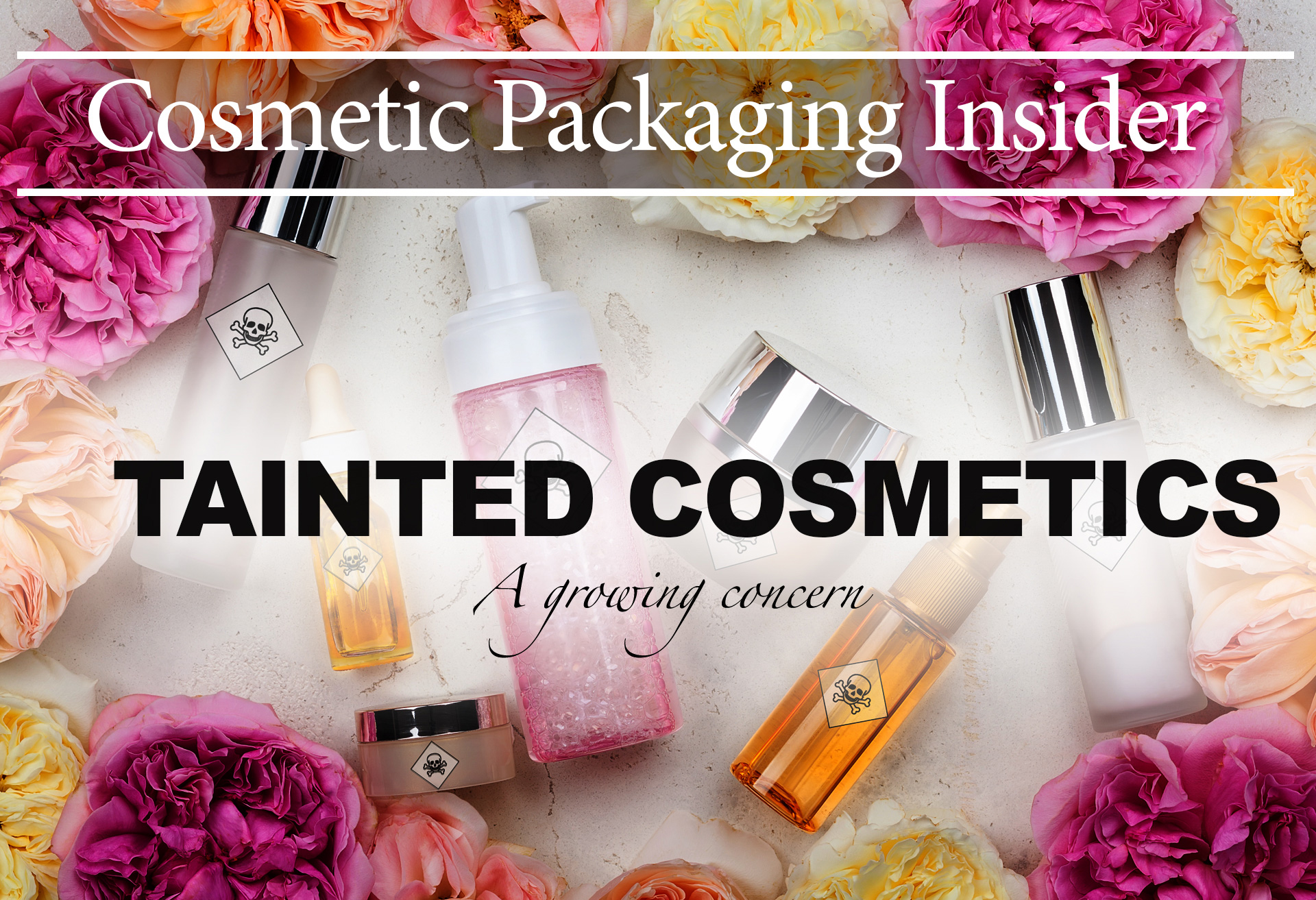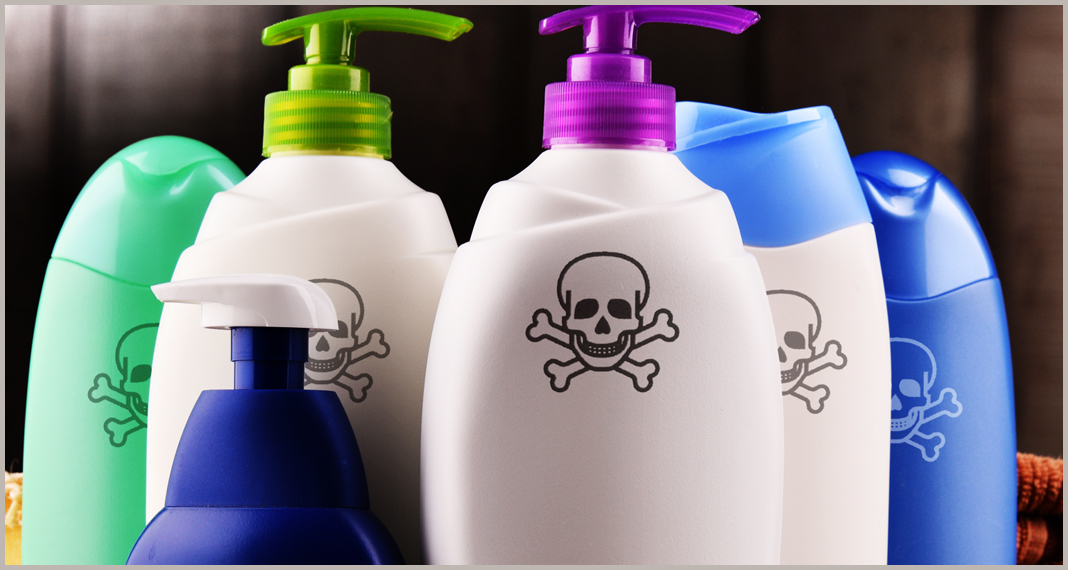
Your online cosmetic and personal care product packaging resource!
“Counterfeit cosmetic products are rampant, and consumers may not be able to tell the difference between a fake and the real thing.”


n July of this year, a 47-year-old woman from Sacramento was rushed to the emergency room by family members, after she experienced numbness and tingling in her hands, slurred speech, and difficulty walking. Shortly after being admitted to the hospital, she became non-responsive and lapsed into a semi-comatose state. Was it a stroke? A heart attack? That would be the usual assumption given these symptoms, but no, surprisingly the culprit was actually a methylmercury tainted facial cream that was imported from Mexico!

Mercury can be found in three basic forms – elemental, inorganic compounds, and organic compounds. While all forms of mercury can be toxic, organic mercury compounds are considered the most dangerous. Methylmercury, a potent neurotoxin, is formed when elemental mercury or inorganic mercury compounds are combined with carbon via the action of microbes in soil or water.
All of us are exposed to mercury in small amounts, whether it is from the air we breathe or the food we eat. The most common source of methylmercury exposure in humans is fish and shellfish consumption. It is important to remember that often the dose makes the poison – even drinking too much water, which is essential for life, can be fatal.
In this case, the woman’s blood mercury was reported to be 2,630 micrograms per liter – over 260 times the upper limit of normal, which is 10 micrograms per liter! This is not the first time methylmercury has been discovered in cosmetic products. Some freckle removal creams have been found to contain the neurotoxin. Mercury is not the only issue though. Everything from lead and arsenic, to bacteria and human feces have been found in cosmetic and personal care products. Many of these products are counterfeit knock-offs sold online and at outdoor marketplaces, such as swap meets and flea markets. The FDA urges consumers to be cautious. Not only are these counterfeit products illegal, they can pose serious health hazards.
Counterfeit cosmetic products are rampant, and consumers may not be able to tell the difference between a fake and the real thing. While checking the product packaging and label may provide a clue to the product’s authenticity, it is no guarantee. The product used by the woman in Sacramento was a Pond’s facial product to which methylmercury had been added somewhere along the supply chain in Mexico. To avoid exposure to harmful substances, the FDA advises consumers to purchase cosmetic and personal care products only from reputable, well-known sources. Remember, if the price of a product seems too good to be true, you most likely are buying a counterfeit product.
Product manufacturers need to be vigilant also. Adulteration of bulk raw materials is a global problem that extends well beyond the cosmetics and personal care industry. For example, some unscrupulous suppliers in Asia were recently caught adding lead chromate, a toxic yellow-orange paint pigment, to their turmeric spice to cut costs and increase profits. The bottom line for producers is know where you are sourcing your materials from, and make sure you are following Good Manufacturing Practices, as outlined by the FDA, to ensure the purity and safety of your finished products. It is ultimately the manufacturer’s responsibility to protect the health and safety of its customers.
Whether you are a consumer or manufacturer, purchasing products and raw materials from reputable sources will help prevent the serious consequences of exposure to toxic ingredients. October 2019
Your online cosmetic and personal care product packaging resource!
Check out our latest news, product reviews, and expert tips so you stay up to date with what is going on in the industry!



